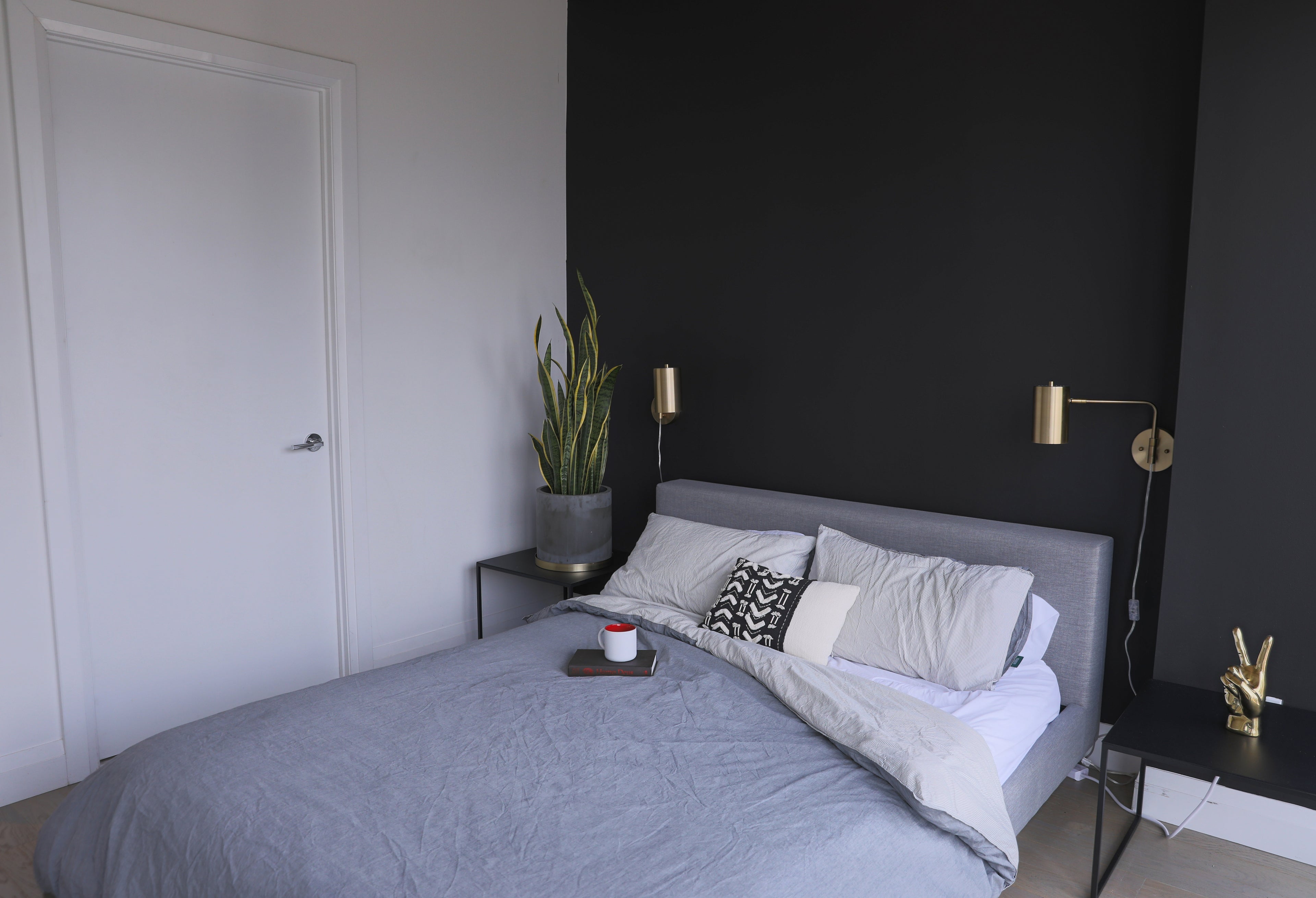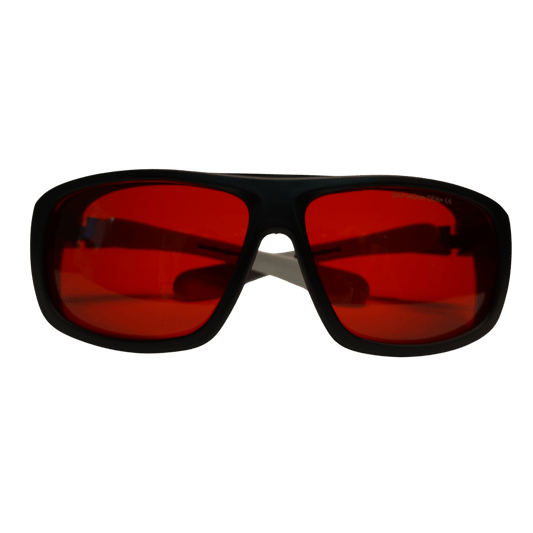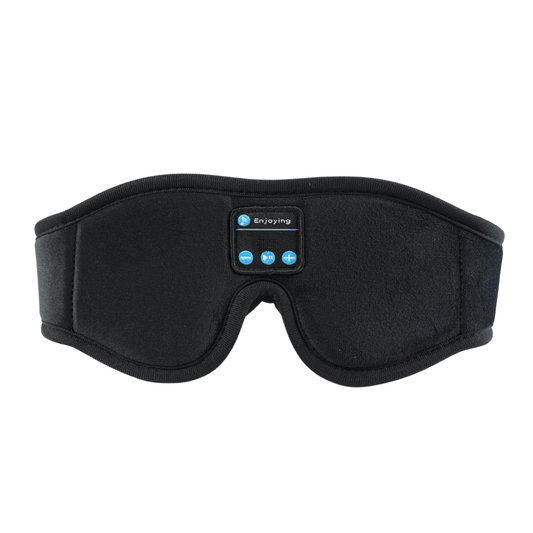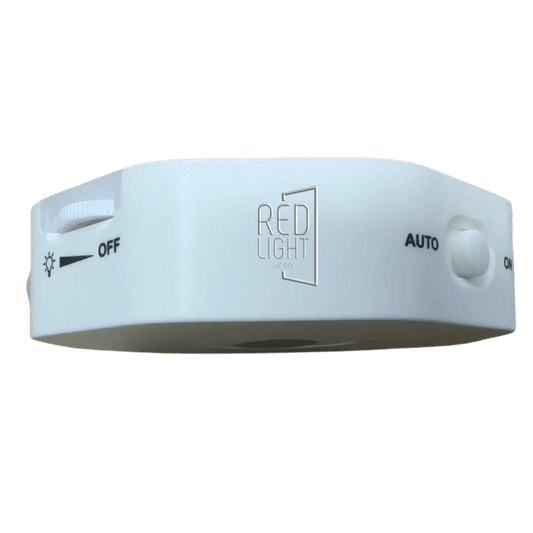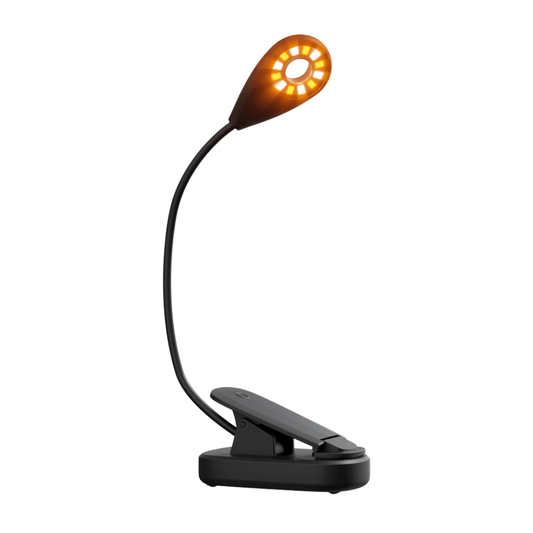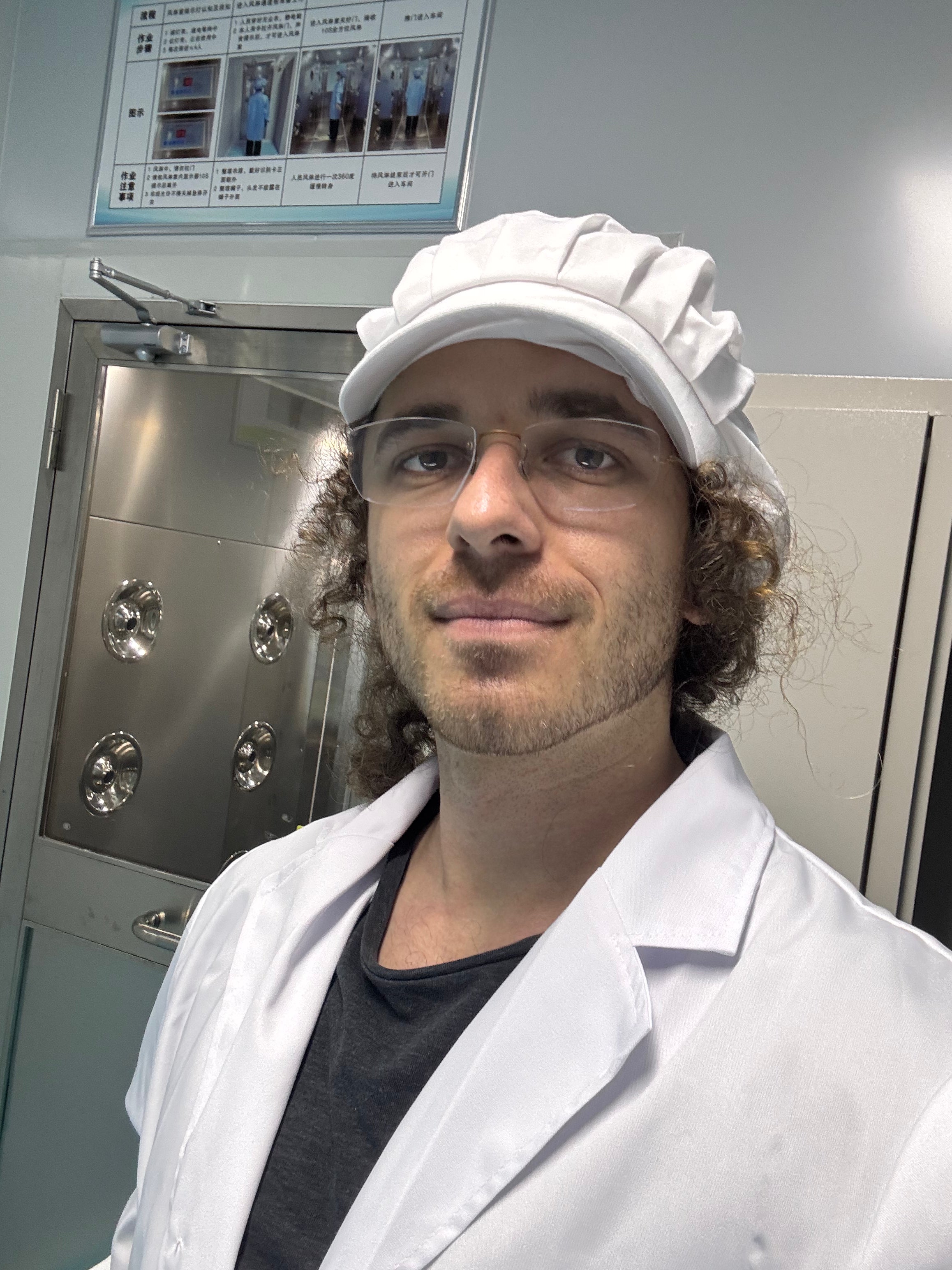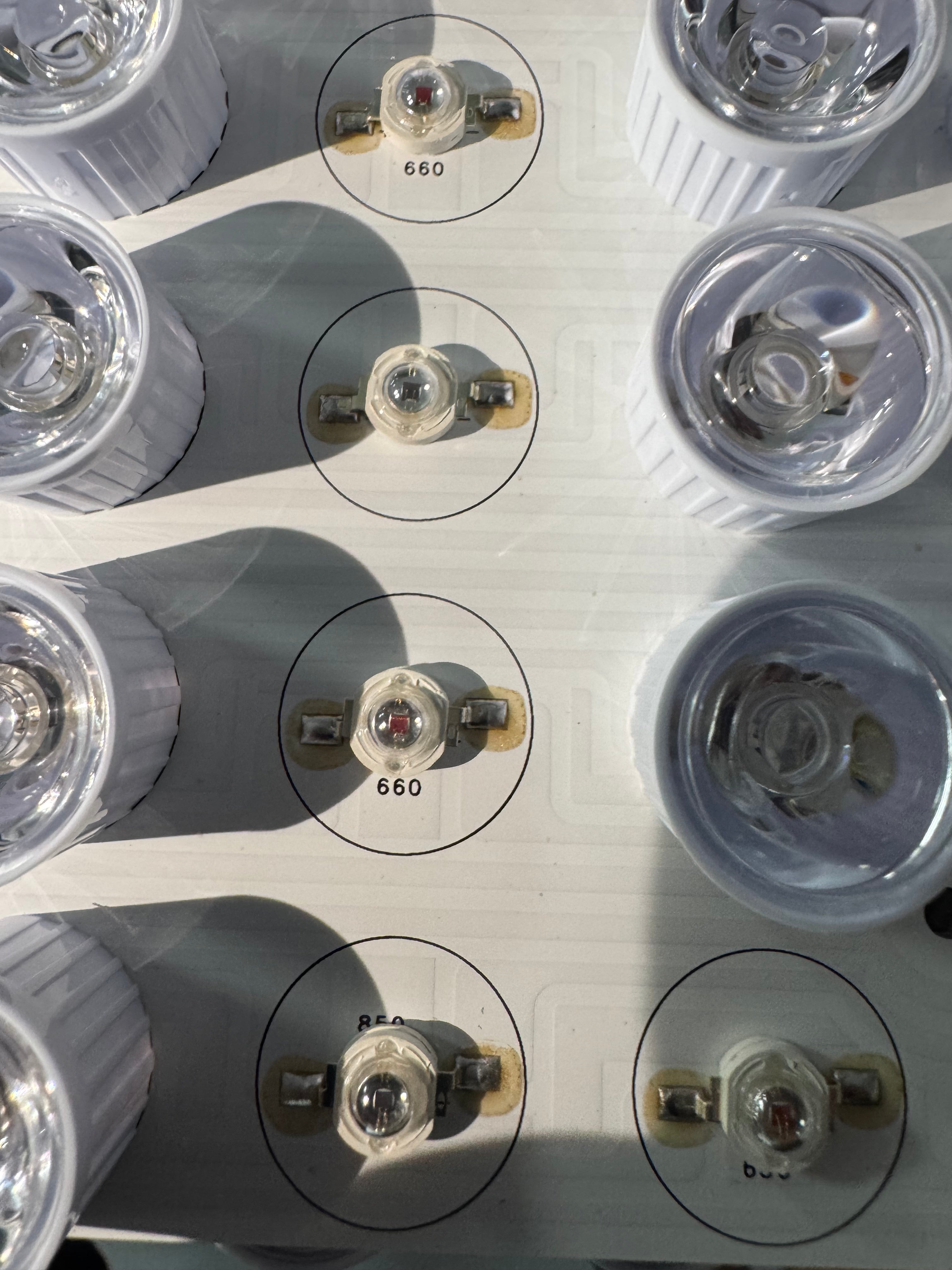Sleep Quality
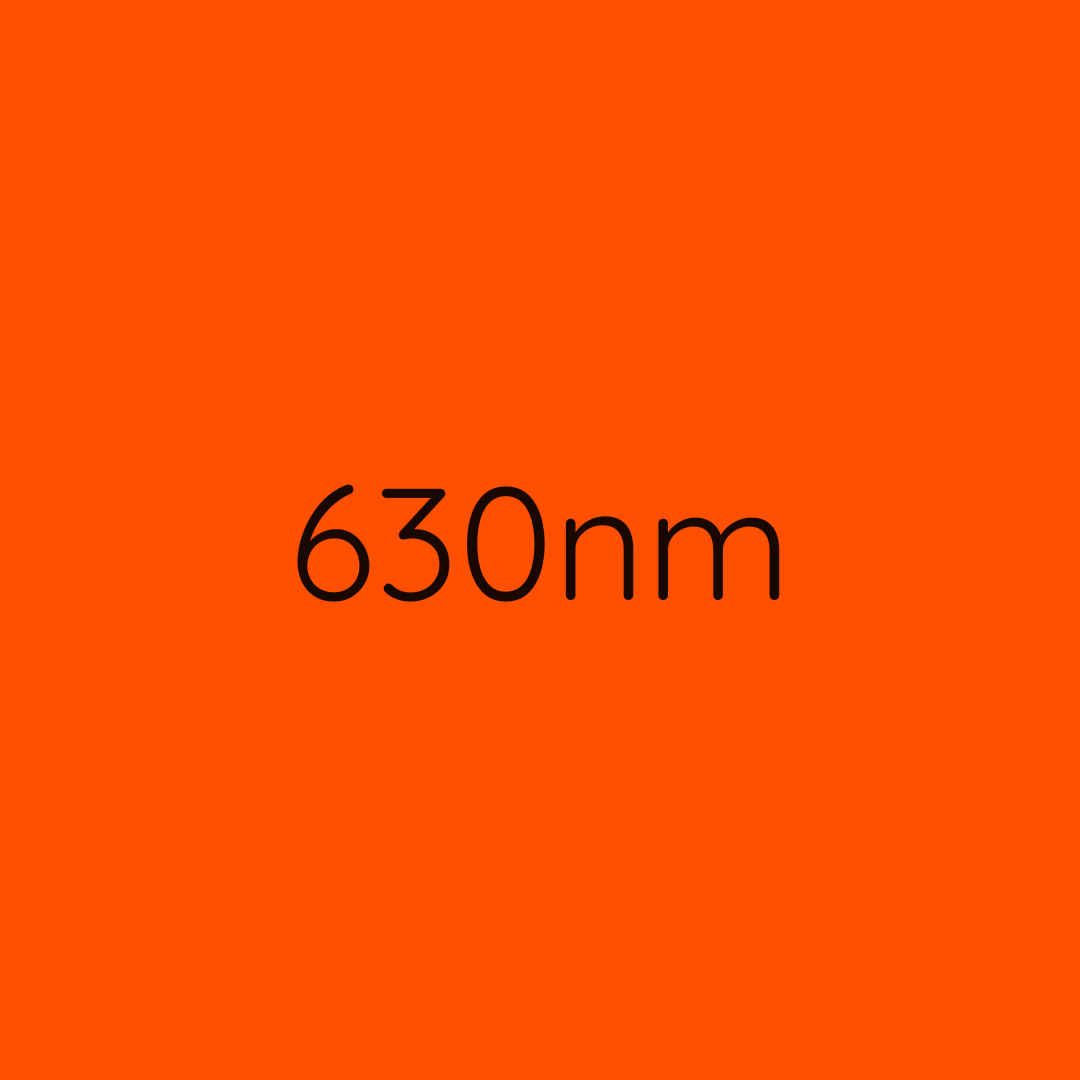
630nm Research
- Red Light PBM (Including 630 nm) for Better Sleep
This review suggests that photobiomodulation with red light around 630 nm applied at night can improve sleep by boosting brain function, clearing toxins like beta-amyloid during rest, and supporting overall well-being without invasive methods.
- 633 nm and 870 nm LED Enhances Sleep in Brain Injury Patients
People with long-term brain injuries from trauma who got head LED treatments at 633 nm red (practical overlap with 630nm) and 870 nm near-infrared three times a week for six weeks had better sleep patterns, less PTSD symptoms, and improved social and work skills.
- 630 nm LED Promotes Alertness Without Disrupting Sleep Hormones
In a study with shift workers, wearing glasses with 630 nm red LED light for 30 minutes during night shifts improved visual performance and reaction times, with a trend toward fewer self-reported sleep disturbances, all while not affecting melatonin levels that help regulate sleep.
- 630 nm LED Improves Brain Clearance in Alzheimer's Model
In mice with an Alzheimer's-like condition, 630 nm red LED light therapy reversed blockages in brain fluid flow caused by harmful proteins, potentially leading to better brain health and improved sleep by enhancing natural waste removal processes that happen during rest.
HeroSeries panels and face masks use 630nm red light
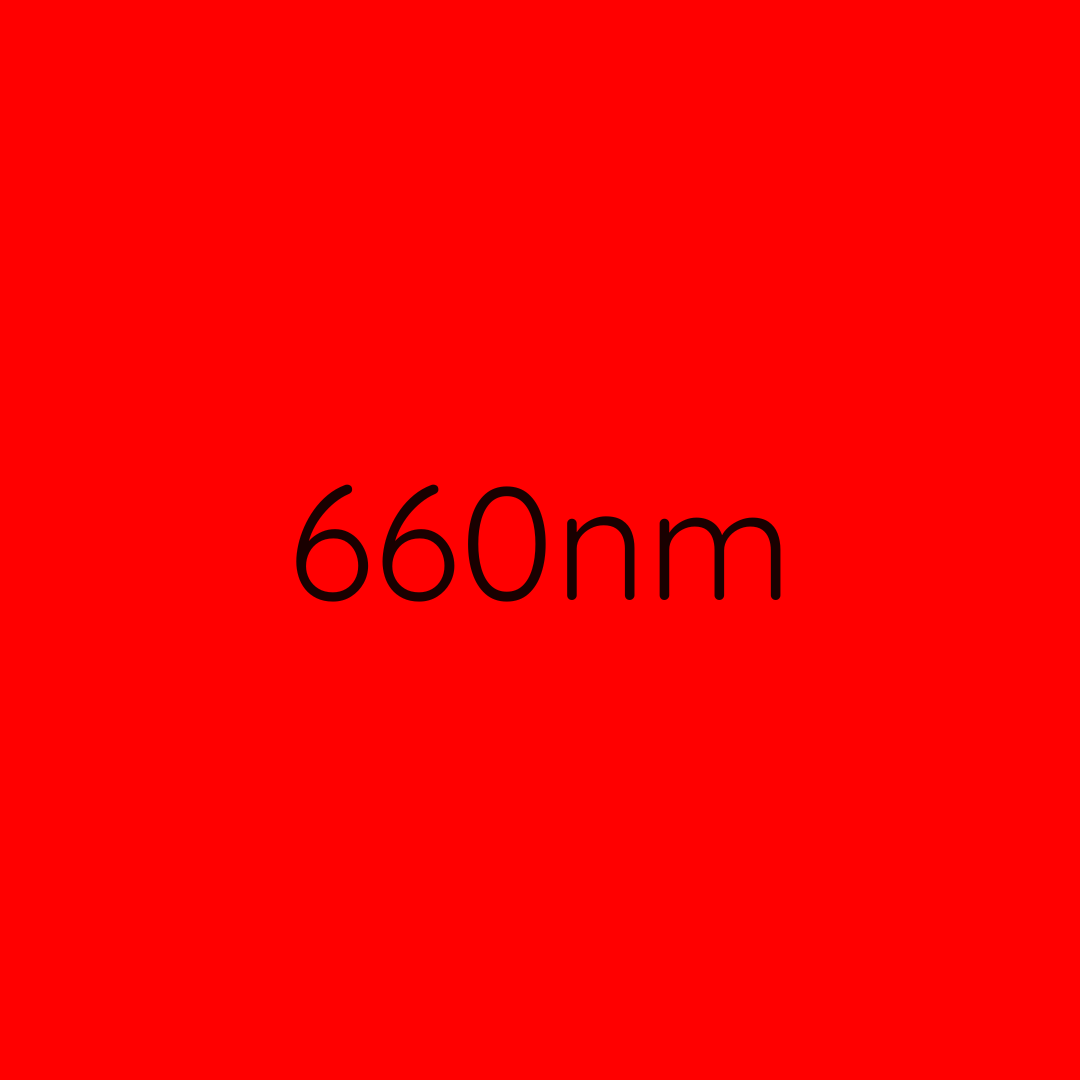
660nm Research
- 660 nm LED (with 850 nm) Enhances Sleep in Older Adults
In a feasibility trial with 120 nursing home residents, a LED cap emitting 660 nm red and 850 nm NIR light applied for 30 minutes three times a week over 6 weeks significantly improved sleep quality, along with reducing fatigue and depression.
- 658 nm LED Improves Sleep Quality in Female Athletes
Twenty female basketball players received 30 minutes of whole-body 658 nm (practical overlap with 660nm) red LED light nightly for 14 days, resulting in better sleep quality scores, longer sleep duration, and higher melatonin levels compared to placebo.
- 660 nm LED (Multi-Wavelength) Boosts Sleep Satisfaction
In a randomized sham-controlled trial, participants with sleep complaints used a device with 660 nm, 740 nm, 810 nm, and 870 nm LED light on the neck before bed, leading to better perceived relaxation, sleep satisfaction, and next-day alertness without affecting objective sleep measures.
HeroSeries panels, HeroBelt and HeroHat use 660nm red light
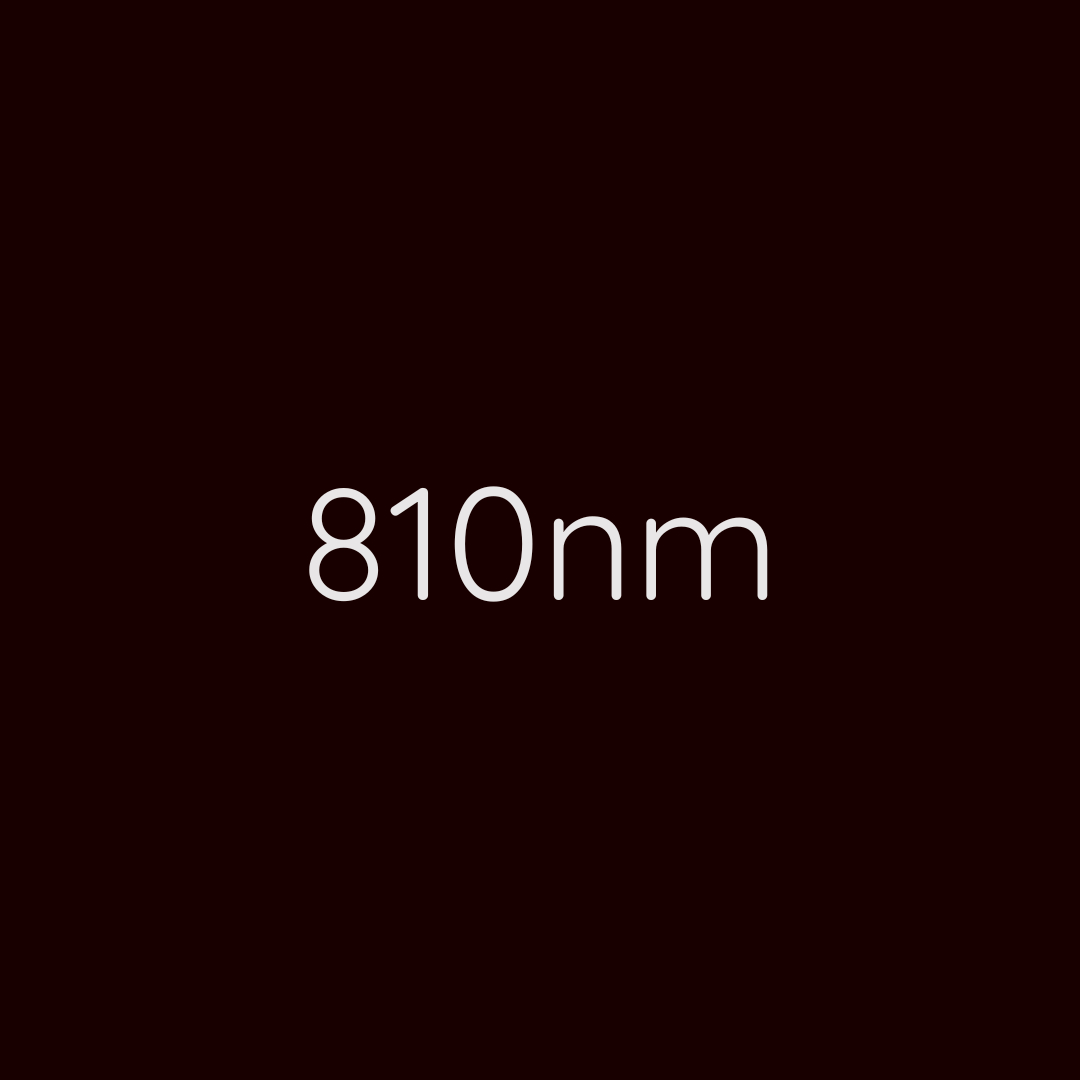
810nm Research
- Multi-Wavelength LED (Including 810 nm) Improves Sleep and Daytime Function
In a randomized trial with 30 adults who had mild sleep troubles, wearing a neck collar emitting 660 nm, 740 nm, 810 nm, and 870 nm LED light for 25 minutes before bed every other night over 3 weeks led to better self-reported relaxation, sleep quality, feeling refreshed, and daytime energy, though objective sleep measures didn't change much.
- 810 nm LED Enhances Sleep in Dementia Patients
Five people with mild to moderately severe dementia used a home device with 810 nm LED light (transcranial and intranasal) for 12 weeks, showing big improvements in thinking skills, daily function, and sleep quality, with fewer issues like wandering or anger.
- 810 nm LED Boosts Sleep Quality in Neurological Patients
In a pilot study on patients with stroke and Alzheimer's, transcranial 810 nm LED therapy twice a week for a month improved overall quality of life, including better sleep, reduced headaches, and enhanced mood, as reported by patients and caregivers.
All HeroSeries panels use 810nm NIR light
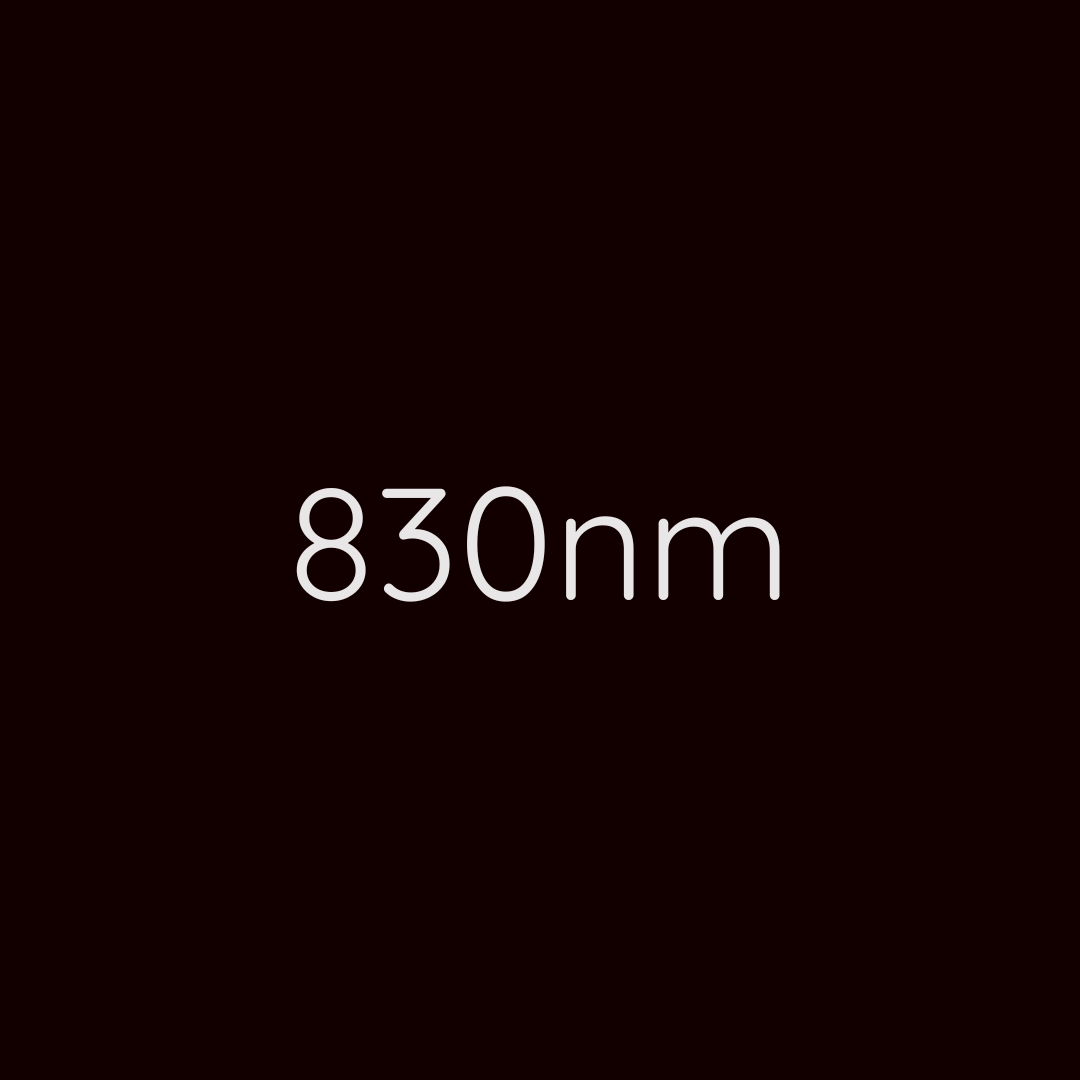
830nm Research
- 830–840 nm Photobiomodulation for Sleep in Post-Concussion Patients
This ongoing trial tests photobiomodulation with near-infrared light at 830–840 nm to improve sleep symptoms and brain function in people with post-concussion syndrome, aiming to reduce insomnia and boost cognitive recovery safely.
- 830 nm Photobiomodulation Improves Sleep in Hemodialysis Patients
In a randomized trial with 40 patients on hemodialysis, applying 830 nm light to the palm and acupoints for sessions over a month significantly lowered sleep disorder scores on standard questionnaires, indicating better sleep quality and less insomnia, alongside improved life quality. While this is a laser study, it is conceivable similar results may be found with powerful LEDs.
- 830 nm Photobiomodulation Enhances Sleep in Night-Shift Nurses
Sixty night-shift nurses received 830 nm light to the palm and painful areas, resulting in major reductions in insomnia and poor sleep scores after one month, with lasting benefits for sleep and overall well-being. While this study used lasers, other studies show "LED light can be as effective as LASER, since both have similar biological effects, with no significant difference between them".
HeroSeries panels and face masks use 830nm NIR light
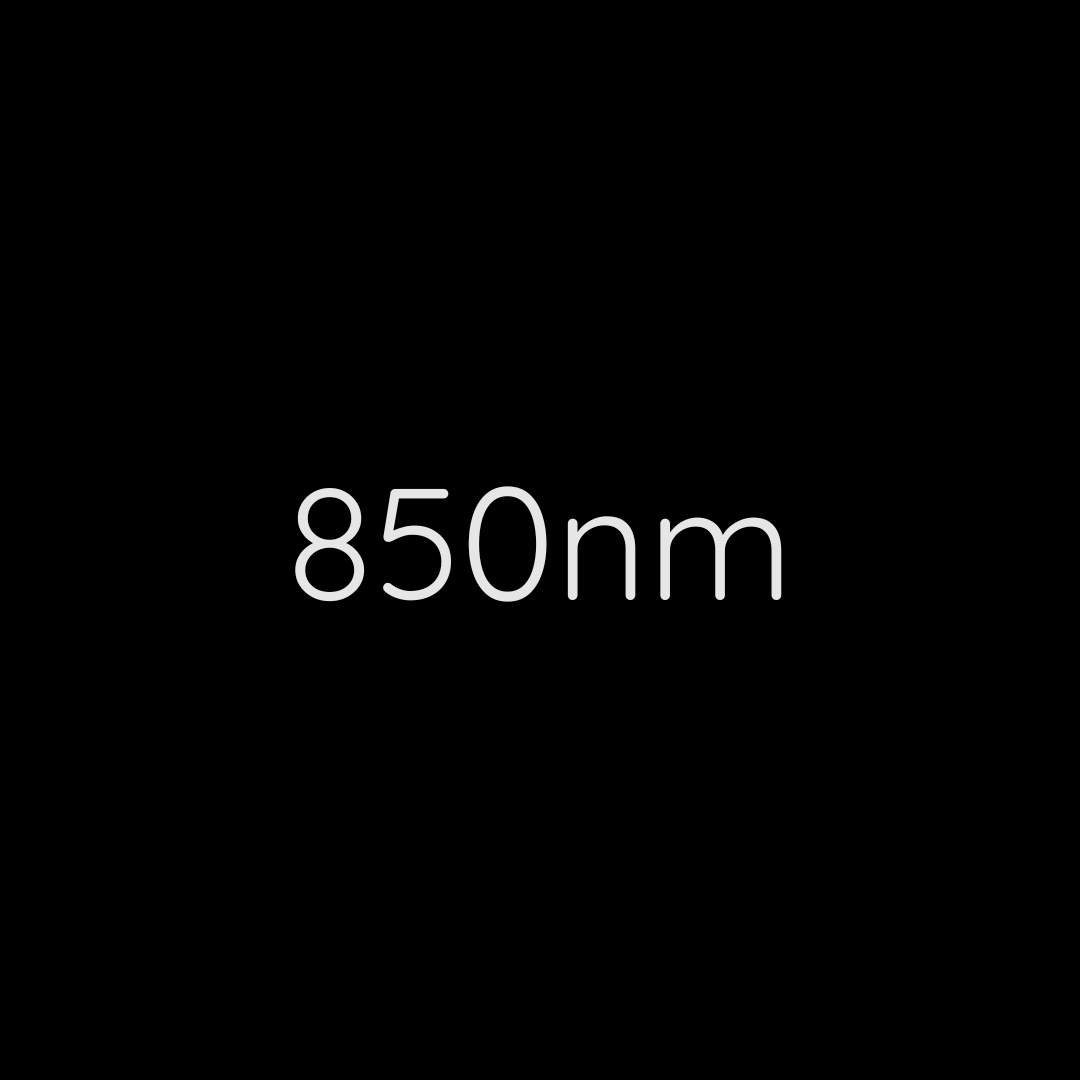
850nm Research
- 660 nm and 850 nm LED Improves Sleep in Shift-Work Nurses
In a trial with nurses who had trouble sleeping due to shift work, using a cap that shines 660 nm red and 850 nm near-infrared LED light on the head for 30 minutes, three times a week for a month, greatly reduced insomnia symptoms and improved overall sleep quality, plus lowered depression, anxiety, and stress.
- 660 nm and 850 nm LED Reduces Sleep Need in Athletes
College soccer players who got full-body LED therapy with 660 nm red and around 850 nm near-infrared light for 20 minutes a few times a week slept about 40 minutes less but showed better heart recovery signs like lower heart rate, suggesting the therapy helps them recover well even with shorter sleep.
- 850 nm LED Boosts Well-Being but Not Sleep in Mild Sleep Issues
People with mild sleep problems who sat under an 850 nm near-infrared LED lamp for a few hours a day, five days a week in winter, felt better overall with less drowsiness and better mood, but it didn't directly improve their sleep quality or rhythms.
- Multi-Wavelength LED (Including Close to 850 nm) Aids Falling Asleep
Adults with mild insomnia wore a neck collar with LEDs at 660 nm, 740 nm, 810 nm, and 870 nm (practical overlap with 850nm) before bed every other night for three weeks, reporting easier time falling asleep and less trouble concentrating or anxiety, though main sleep measures didn't change much.
- 633 nm and 870 nm LED Enhances Sleep in Brain Injury Patients
People with long-term brain injuries from trauma who got head LED treatments at 633 nm red and 870 nm near-infrared (practical overlap with 850nm) three times a week for six weeks had better sleep patterns, less PTSD symptoms, and improved social and work skills.
HeroSeries panels, HeroBelt and HeroHat use 850nm NIR light
Did you know blue light and nighttime light can disrupt your circadian rhythm and damage your sleep? That's why we also sell HeroFilter 100% blue light glasses - which fit over most prescription glasses - and HeroSleep!
Devices informed by sleep research³
-
HeroFilter™ 100% Blue Light Blocking Glasses
Regular price $99.00 AUDRegular price$119.00 AUDSale price $99.00 AUDSale -
HeroSleep Soothe™ Sleep Mask
Regular price $59.00 AUDRegular price$129.00 AUDSale price $59.00 AUDSale -
HeroNightlight™ Red Light Nightlight
Regular price $49.00 AUDRegular price$59.00 AUDSale price $49.00 AUDSale -
HeroReader™ Red Light Reading Lamp
Regular price $49.00 AUDRegular price$59.00 AUDSale price $49.00 AUDSale
Other red light therapy research
- Sleep quality
- Pain and inflammation
- Muscle mass and recovery
- Collagen production, skin and wrinkles
- Hair growth
- Neural function, depression and brain diseases
- ATP production and mitochondria function
- Injuries and wounds
- Eyesight
See the studies for yourself by clicking the links above or visit our RLT Wavelength Research page for an overview.

